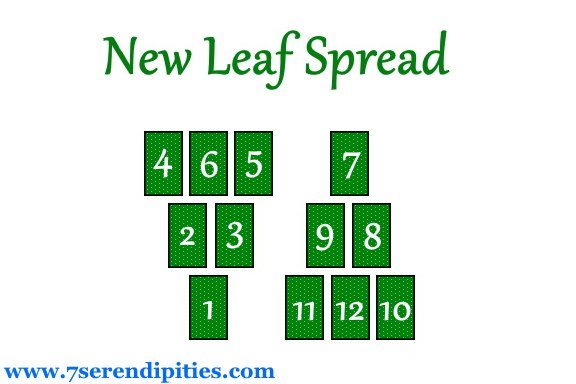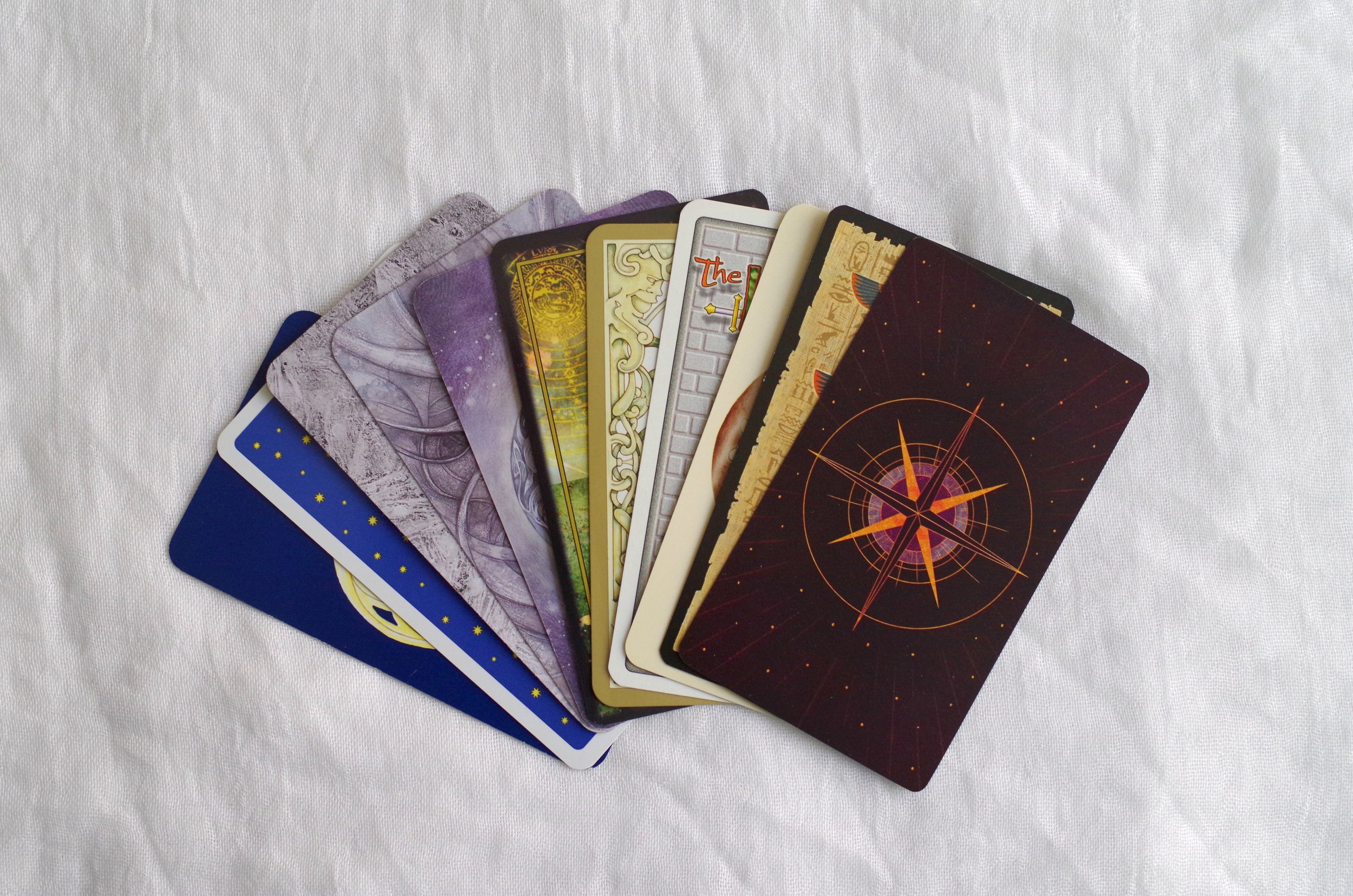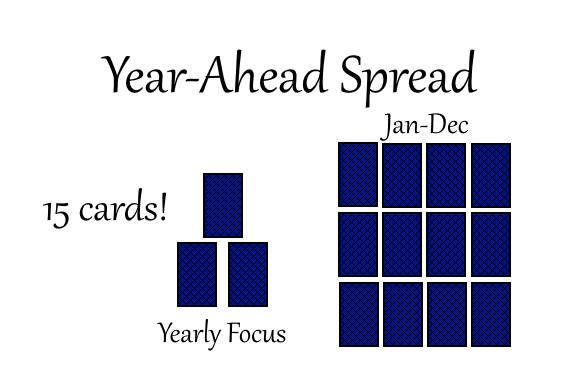Deck: The Oriens Tarot/ The Oriens Animal Tarot
Publisher: Ambisun / Rockpool
Artist: Ambisun
Writer: T.D. Cloud
Overall Rating: 9/10
Note: I have the first edition of this deck, through Kickstarter, and I am not sure what all has changed in the second edition through Rockpool, so while this review may accurately reflect the new edition, there are likely to be small changes, especially to the box and the cardstock.
Cardstock: The cardstock on the first edition is somewhat plastified or very laminated, and although the cards aren’t too shiny or slick, they flex and shuffle very well. I’m a huge fan!
Artwork: The artwork is really bright and clear despite the dark background color, and all the animals (and insects are depicted recognizably and detailed, without being either cartoonish or hyperrealistic. I wasn’t sure how I felt about the neon colors at first, but I liked the art style and the colors really grew on me. I will say though, this may not be the deck for people squeamish about insects or spiders. It says “animals” but there are insects and sea slugs and the like, too. I think each animal/insect image does a pretty good job of illustrating the card meaning, too, without being based too heavily on the Rider-Waite-Smith imagery.
Book: With the Kickstarter first edition, I got a full-length ebook. I have no idea if the new deck has a full book, a Little White Book, or an option for both, so keep that in mind. The ebook I have has keywords for both uprights and reversals, a short paragraph about the animal chosen and the imagery, and then a paragraph each for upright and reversed divination meanings. As an experienced reader I don’t refer to the paragraphs about the meaning much, but I do really like the paragraph about what animal was chosen, and why.
Likes: I love the artwork, and how well these shuffle. I think this deck lends itself well to intuitive reading, as the imagery is so expressive.
Dislikes: The neon-on-dark took a little while to get used to, but that’s not really a “dislike”. I don’t really have any dislikes for this deck, just the warning that there are quite a few insects and also a spider, in case that’s not your thing.
Overall Recommendation
This is one of the most popular decks in my shop. Clients seem to really connect with the artwork and the meanings, and the artwork is very beautiful and striking. It also avoids many of the depiction problems that decks featuring mainly human figures have: namely, a lack of inclusion of different skintones, genders, body types, ability levels, ages, etc. My only hesitation in recommending this deck to beginners and seasoned practitioners alike, is that I am not sure what the cardstock is like for the second edition!








